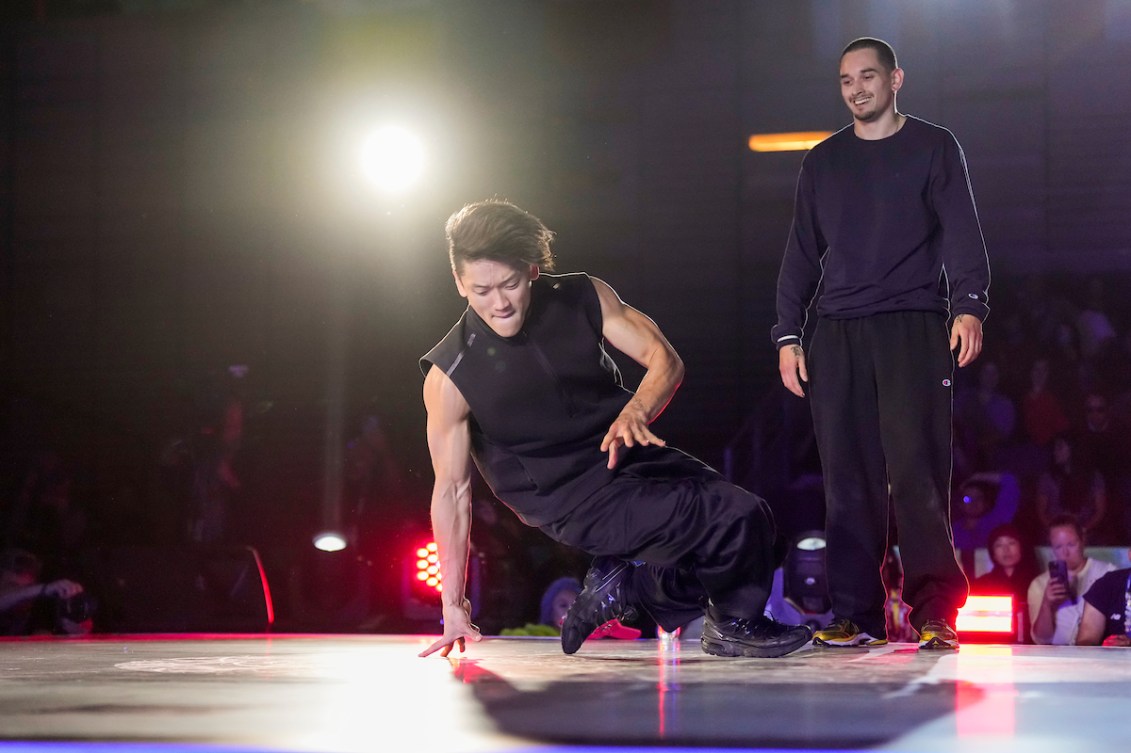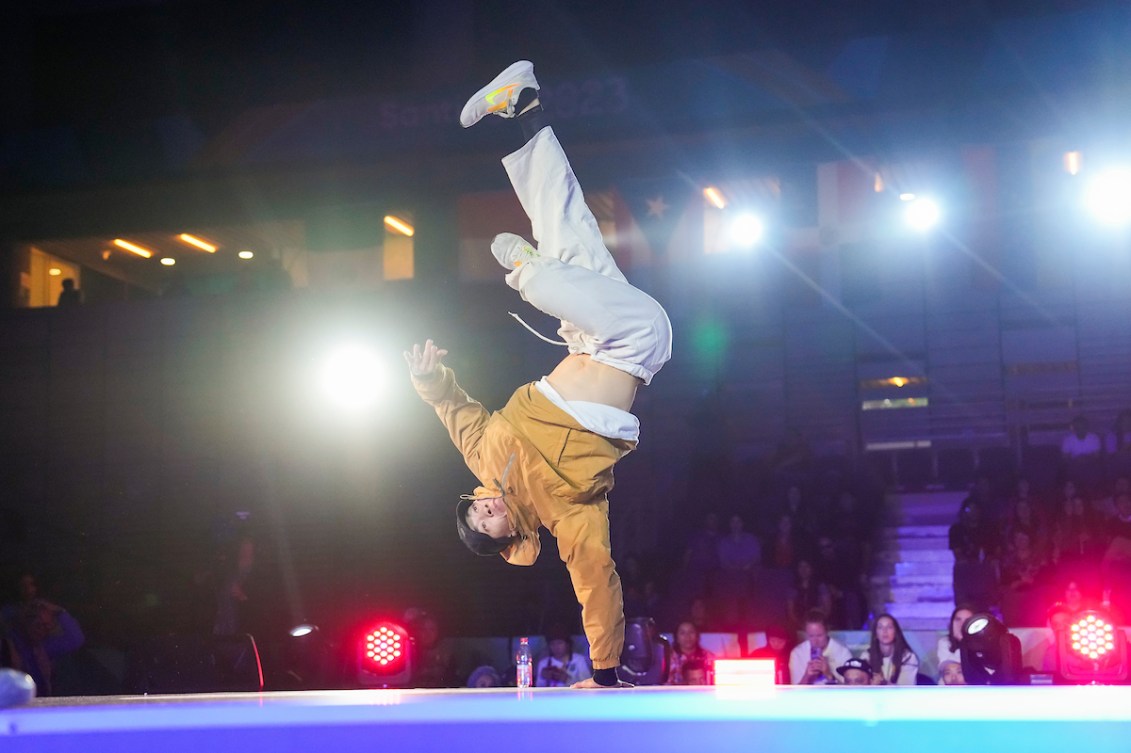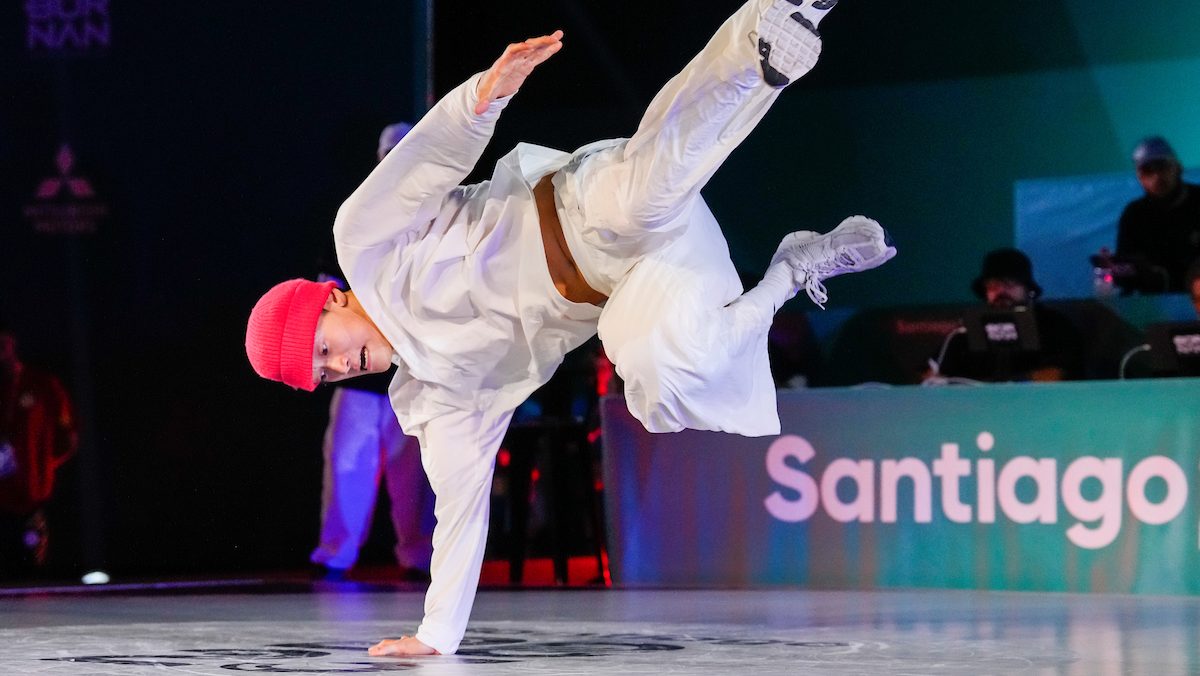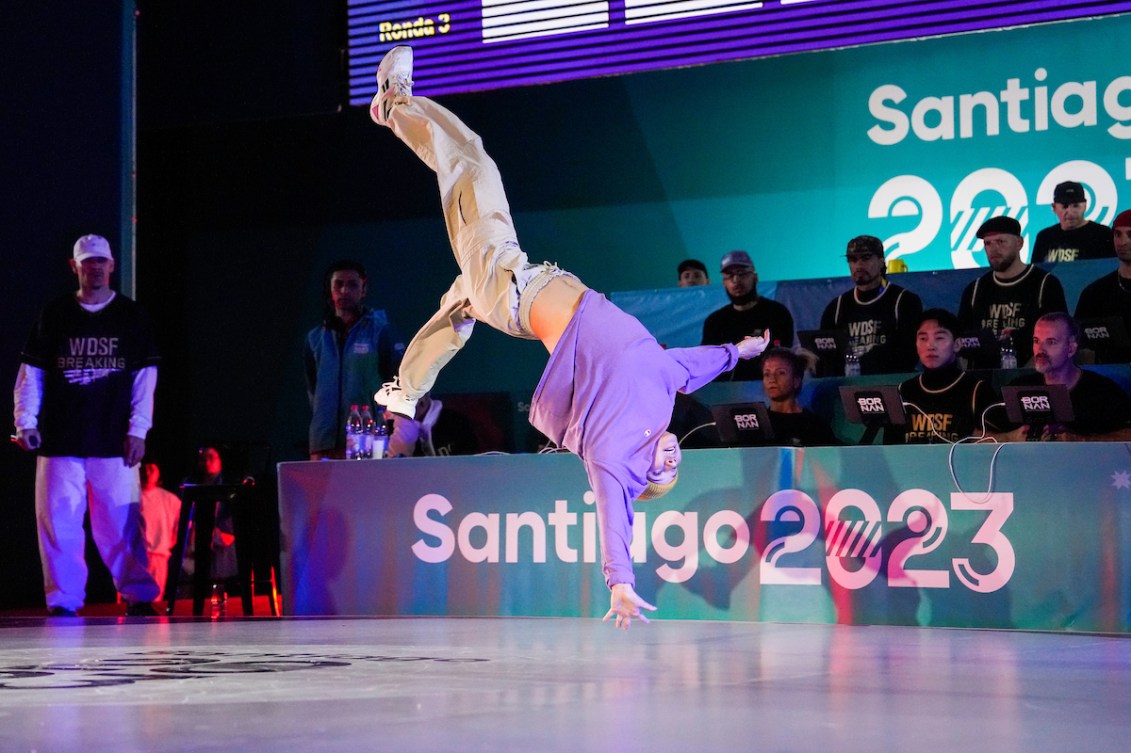Breaking’s big move: From not being considered a sport to the biggest sports stage on earth
A form of dance that traces its origins back to the Bronx in the 1970s, to the Black and Latino communities, to hip-hop culture will be on display like never before at Paris 2024.
Breaking, or breakdancing as it is sometimes mistakenly referred to in mainstream media, will be making its Olympic debut this summer as the International Olympic Committee turns to a sport and art form that has always attracted a young diverse crowd.
In those early days, some of the pioneers in Canada talk about the extremes they used to go to find places to practice. They talk about literally breaking into abandoned houses that were in the middle of construction, turning on the boom box, and dancing until they were kicked out by security.
A breaking event at a community centre in Chinatown in downtown Toronto this spring demonstrates how far breaking has come and how the diversity still exists in spades.
Music blares out the window as you enter the building. A DJ is on stage alongside an emcee shouting out to the participants. Circles of people, all in their street clothes and known as a cypher, are moving their bodies to the beat to warm up. When the competition begins, all eyes suddenly turn to the centre of the circle, as the dancers twist and turn on their heads, shoulders, arms, or legs to loud cheers from the crowd.

Watching every move is Glen Reyes, who oversees operations and programming for Breaking Canada, a member of Canada DanceSport, the National Sports Organization in Canada.
“I think one of the reasons breaking is so popular with the younger crowd, especially me, is that it was a way for me to express myself and my unique art in different ways to the world,” Reyes, a former dancer himself, says. “That was really attractive as someone who grew up in an Asian family where you know academics is what you’re supposed to focus on.
“I like to tell people all the time that this was my first creativity teacher. In breaking, you’re positively reinforced to be different, trying to show people moves they’ve never seen before.”
Glen’s brother Geoff is the President of Breaking Canada and will be leading the Canadian team at Paris 2024.
He says there are dozens of community centres like this one around the country where leaders are trying to help young Canadians find their potential through breaking.
“It’s evident that music and especially breaking is a natural attraction. If there’s no set circle and someone starts dancing, a natural circle will form around them as a spectacle. So, when you ask, who does it attract? I think it attracts almost everyone because most people will stop and look.”

He says while breaking has always been considered an art form, there has also been a competition side and some huge global events over the years.
He adds, with breaking’s inclusion in the Olympics, he’s expecting to see his e-mail inbox full of people looking for places around the country where they can join.
“People will only get involved if they see it. That’s always been our goal, to try to create more awareness to get more people involved, especially in the hip-hop community because it’s one of the founding elements of hip-hop.”
To get to Paris, breaking has had to conform to some of the formalities of sport, such as implementing anti-doping procedures and a system for having independent judges.
Glen Reyes says breaking has a unique element that will also be showcased in Paris.
“It’s not a choreographed dance. A lot of people are surprised by that, that the dancers don’t come with a prepared set. They’re listening to the music, reacting, and responding.”
Since the early days, the dancers have been known as B-Boys and B-Girls, referring to the break beat of the music, with its heavy emphasis on the drumbeat, in particular.
One of the athletes with moves Canadians are sure to find captivating in Paris will be Philip Kim, known in the sport as B-Boy Phil Wizard.
Kim won the gold medal in breaking at the Santiago 2023 Pan American Games last October and helped carry the flag for Team Canada into the Closing Ceremony.

Born to Korean parents in Toronto, Kim fell in love with the sport and has been a prodigy ever since he saw a street dance performance in downtown Vancouver in 2009. He went home and watched as many breaking videos as he could find on YouTube.
He turned out to be a quick learner. Kim has exceptional skills, has won numerous prestigious events, and gained the backing of sponsors that has only grown with the sport now in the Olympics.
Tiffany Leung, otherwise known as B-Girl Tiff, is hoping to join Kim on the Canadian team in Paris and showed off her moves at the community centre in Toronto.
Leung was born in Toronto but was living in her parents’ home in Hong Kong when she says she was lucky enough to come back to Canada for university and discovered breaking. It was during orientation week at Queen’s University that a dance club put on a demonstration.
“I saw this girl doing footwork. It was an instant, like, I’m in love with this movement and I need to do it. I’d never seen people using their bodies like that before,” Leung says.
Leung says the dance moves are beautiful, like in figure skating. The physical difficulty, she believes, is on par with gymnastics, which she did as a kid.

“This is the only thing where I feel like my mind, body and soul are completely aligned. Like they are being nourished. Breaking is the only movement in the world where I feel so free,” she explains.
Beside Leung, dancing up a storm at the community centre was Emma Misak, aka B-Girl Emma. Misak and Leung are among the top 40 B-Girls in the world and are hoping to claim a spot on Team Canada for Paris 2024 via the Olympic Qualifier Series, composed of two events in Shanghai (May 16-19) and Budapest (June 20-23).
B-Girl Emma won a silver medal for Canada when the International Olympic Committee added breaking to the Summer Youth Olympic Games in Buenos Aires, Argentina in 2018, something that wasn’t even in her wildest dreams when she began dancing.
“Now that breaking is in the Olympics, it’s going to be on TV and everything, it’s just going to blow up,” she says.
That’s music to the ears of the Reyes brothers. The two are as passionate as they are about breaking because they feel it’s an activity helping a lot of youth in Canada find their hidden potential, maybe not so apparent on first glance.
B-Girl Tiff says she’s one of them.
Leung has had to overcome a significant amount of trauma already in her life. Her mother died in 2022 after battling alcoholism. Leung says her mother remains her biggest inspiration, as her mom was the one who insisted that Leung prioritize her education in the first place.
“I feel like going to Queen’s University, getting introduced to breaking, it made my whole life make sense to me.”
Leung says it brought her into a community that has almost been like her family.

“It’s such a strong community. We’re constantly pushing and encouraging each other. Being in the Olympics is going to make this community even stronger.”
She adds, “Breaking doesn’t need the validation of the Olympics, but now that it’s in, it gives it more prestige and shows on the big stage that we’re not just messing around.”
Despite initial reservations, Leung says her mom became one of her biggest cheerleaders. She remembers one conversation, in particular, with her mom before she passed away.
“She said, ‘when you go to the Olympics and get gold, you have to say, hi mom’.”
If Leung is successful in making it to Paris, she’ll be thinking about some of her early days in breaking and the not-so-pleasant reaction of some people.
“In university, we would practice on the lower level at the Athletic Recreation Centre. You could see people making fun of us as we were rolling on the ground. Now I’m thinking, we’re at the Olympics. What are you doing with your life?”


